What’s the go with wind farms and whales? Let’s find out…
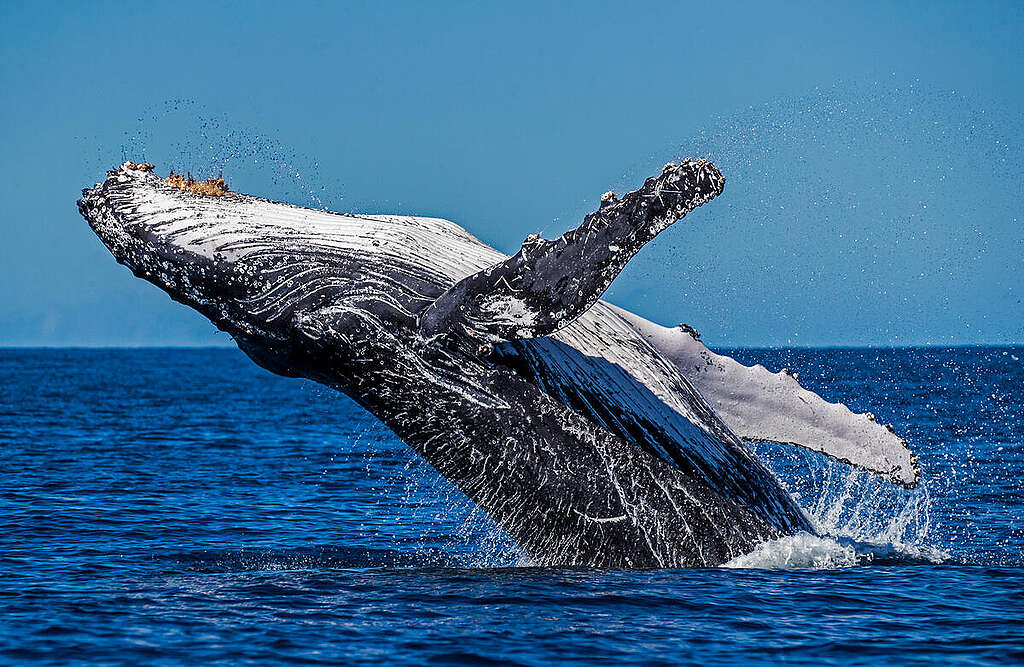
Greenpeace offices and activists worldwide have worked to protect whales and the oceans they call home for decades. We’re also massive fans of renewables, which we need to build a tonne of to phase out gas and coal and tackle the climate emergency.
So when we started seeing posts online claiming offshore wind farms were killing whales, we decided to investigate.
The short answer: no, offshore wind farms aren’t killing whales.
The longer answer is a little bit more complicated – but building offshore wind is way, way better for ocean wildlife than fossil fuels, especially offshore gas and oil.
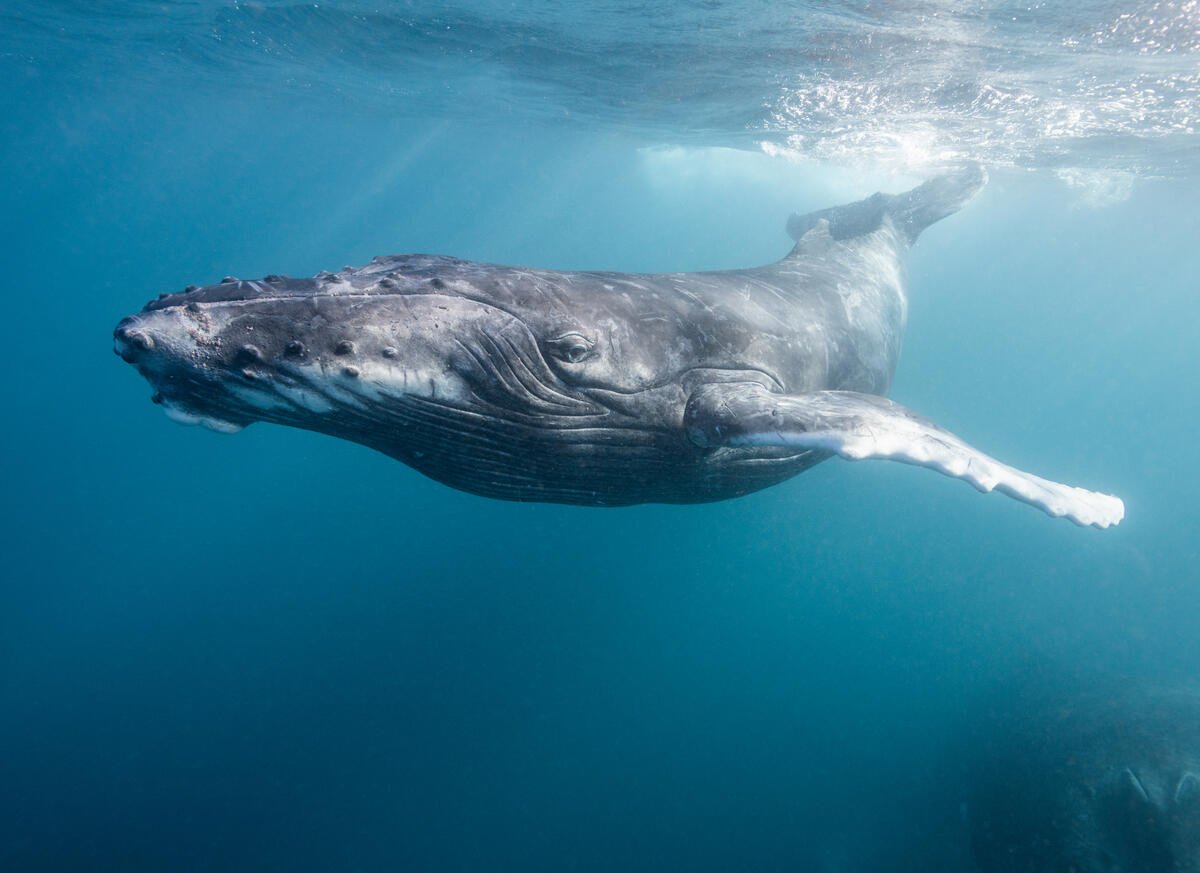
Why do people think offshore wind is harmful to whales?
This started earlier this year, after several humpback whales stranded on the east coast of the USA. Shock jocks and right-wing politicians – who have taken millions in campaign contributions from the fossil fuel industry – blamed a series of new offshore wind developments.
Scientists, meanwhile, investigated and found that almost all of the humpback strandings had clear signs of vessel strike. In other words, the whales were most likely hit and killed by container ships and other large vessels.
The Marine Mammal Commission, an independent US government agency that oversees the conservation of marine mammals and their environment, agrees. In February 2023, they put out a statement confirming that ‘there is no evidence to link these strandings to offshore wind energy development’.
The folks at Yale University have done a really comprehensive write up on the situation – it’s well worth a read.
Zooming out a bit, there have been plenty of studies into the effects of offshore wind farms on whales and marine mammals. Not a single peer-reviewed study has found that offshore wind farms kill whales.
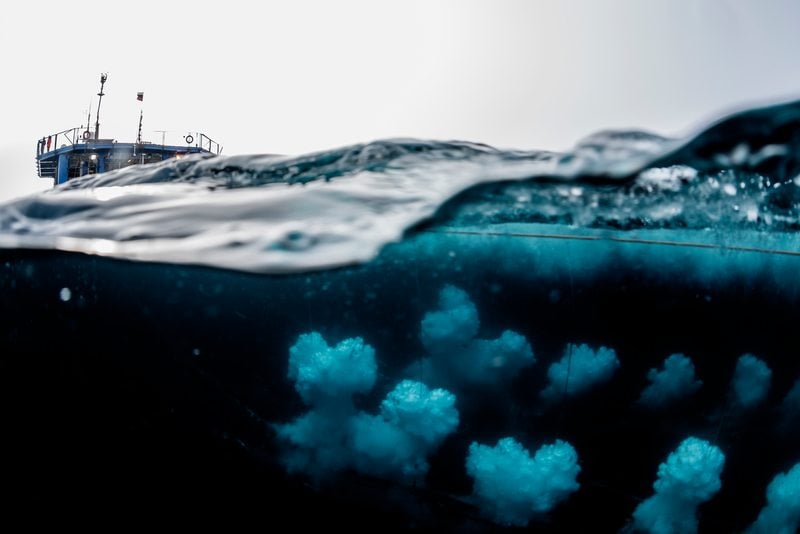
But what about seismic blasting – that’s bad, right?
Yes – but there’s a world of difference between the seismic blasting for oil and gas, and sonar mapping for offshore wind.
When companies are getting ready to build offshore wind farms, they conduct underwater surveys to map out the seabed. These surveys use sound waves, just like the oil and gas industry does. But the two processes couldn’t be more different.
According to Erica Staaterman, a bioacoustician for the US Bureau of Ocean Energy Management (BOEM):
“There’s a pretty big difference between some of the sound sources used in the oil and gas industry compared to what’s typically used in site characterisation for offshore wind. Those in oil and gas are called seismic air guns, and they’re specifically designed to penetrate kilometres into the sea floor. So they’re very high energy, very loud sources… The ones that are used here are called high resolution geophysical sources, and they’re typically smaller in the amount of acoustic energy they put into the water column, but also they have a couple of other characteristics. So, for example, many of them are used for very short periods of time with a long quiet time in between. So that means that they’re only on for several milliseconds and then for about 15 seconds it would be quiet.”
Offshore wind surveys are much, much quieter – because they’re just mapping the sea bed. Oil and gas surveys are much, much louder because they have to penetrate several kilometres into the earth to find oil and gas.
It’s the difference between having Smooth FM on in the background, and being front row at a Slipknot gig.
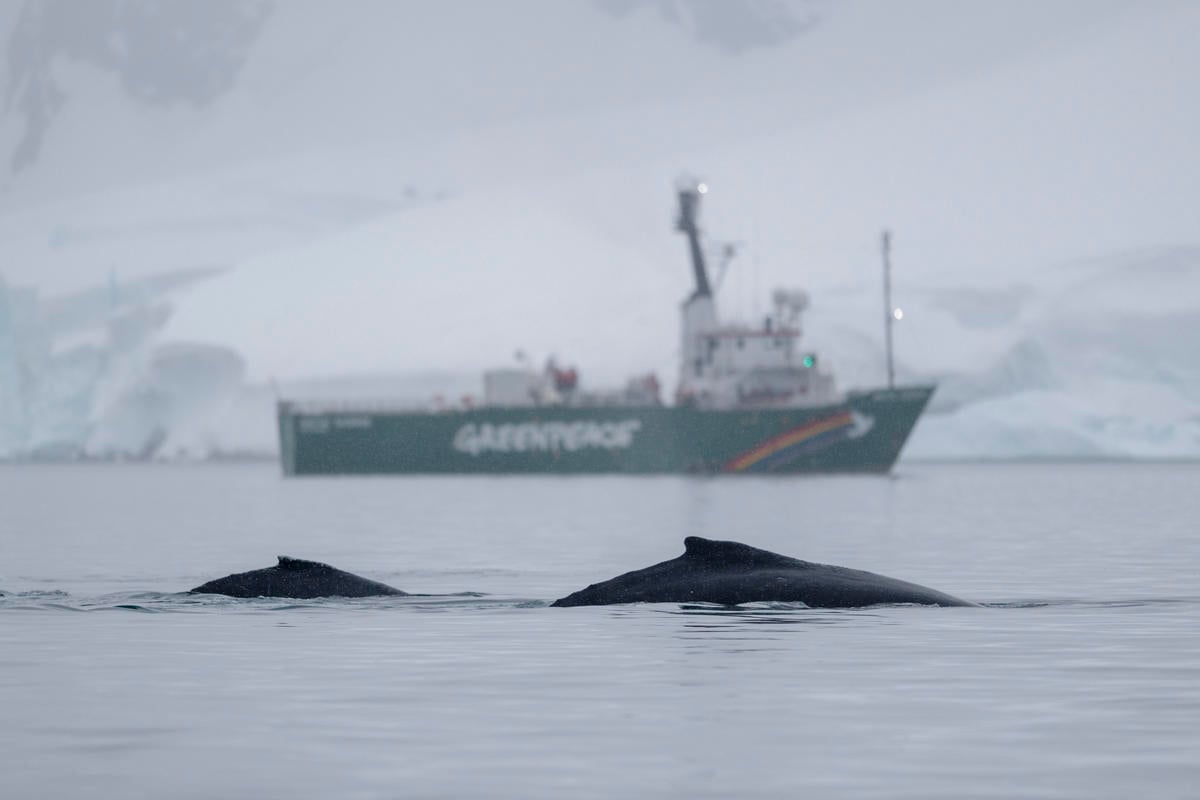
So are offshore wind farms harmless?
Everything we do at sea has some impact on marine life, and offshore wind is no different. So it’s important that offshore wind farms are developed in the right places, and that the industry is properly regulated.
Even though offshore wind farms can affect whales and other marine life, the effects are generally short lived – and much less harmful than fossil fuels. Rob Deaville from the Zoological Society of London’s Cetacean Strandings Investigation Programme breaks it down further, saying:
“There’s lots of evidence that when you’re putting the wind farms in place, it does generate a lot of percussive noise, and that can have an impact. Particularly things like porpoises or dolphins, they may move out of that area while you’re installing the wind farms, but then the longer-term picture: in some areas they never come back, in some they come back in larger numbers than before.”
So definitely not harmless – but much less harmful than offshore oil and gas, which involves drilling tens of wells (pretty noisy), seismic blasting (very noisy) and the ever present risk of an oil spill. And a drop in the ocean (ha!) compared with commercial shipping and getting entangled in fishing nets, which are two of the greatest dangers that whales face from humans.
What about climate change?
Climate change – caused by the burning of fossil fuels like gas, coal and oil – is a huge threat to our oceans and marine life.
Global heating affects the oceans in several different ways. Waters get warmer, which is bad news for coral reefs. The food chain gets disrupted as populations of prey fish move in search of cooler waters. Storms become more severe, doing lasting damage to marine habitats.
Renewables help keep a lid on climate change. That’s great for whales.
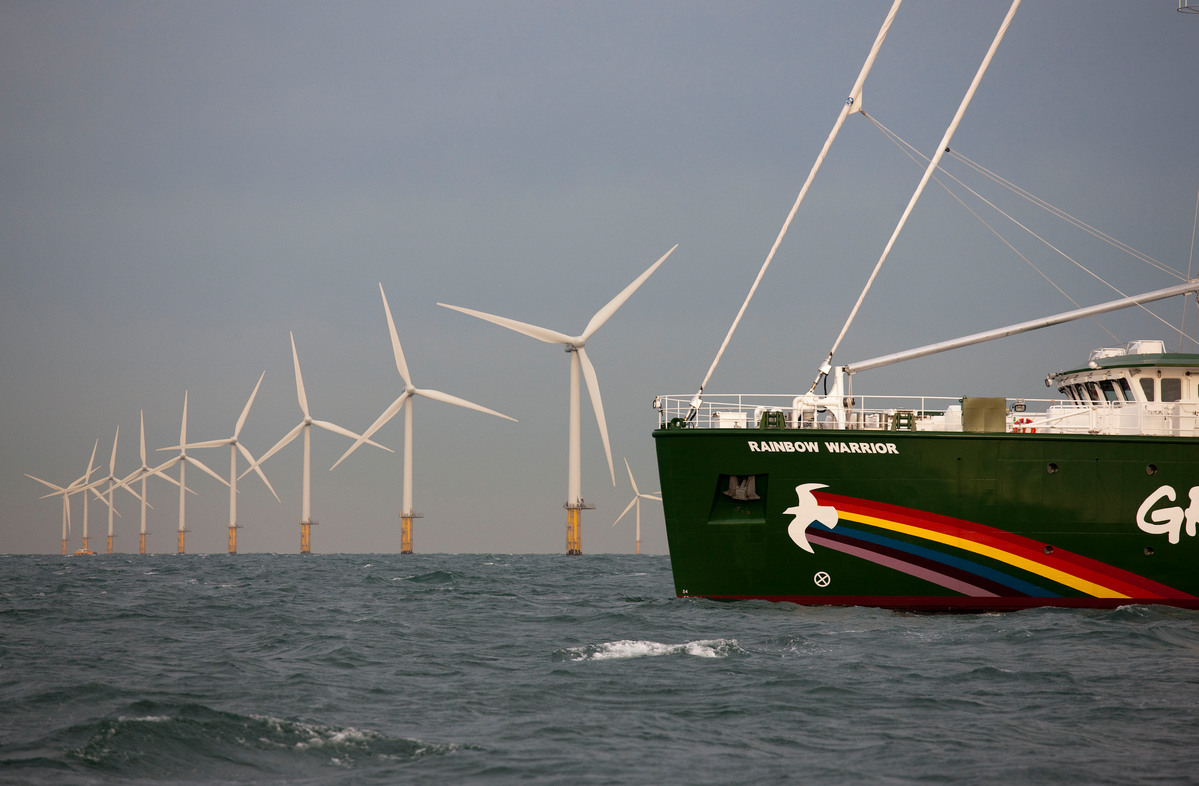
The whales in Australian waters, like humpbacks and pygmy blue whales spend a bunch of time in the Antarctic. They wait out the summer in the chilly waters, before making their way north to breed. Warmer temperatures mean less ice cover and therefore less food – because the zooplankton they eat like to hide under the ice – but it also makes their tropical breeding grounds uncomfortably hot.
Take everything together and it’s clear to us that offshore wind farms aren’t perfect, but they are much, much better for whales and other marine life than fossil fuels.
And finally…
It’s been interesting seeing politicians like Peter Dutton coming out to say how concerned they are about protecting whales from offshore wind.
After all, these are the guys who want to see the rules protecting marine life watered down to make it easier for gas companies to seismic blast and drill offshore. They’re also the ones backing in Woodside’s nightmare Burrup Hub – which unlike offshore wind, really is a nightmare for whales.
They couldn’t be trying to muddy the waters and milk people’s genuine concern for political advantage, could they? Surely not…

